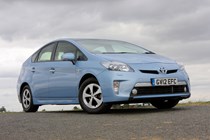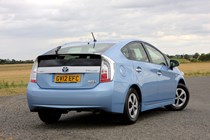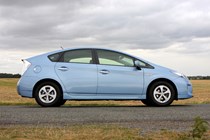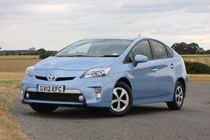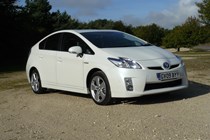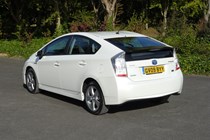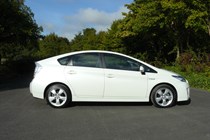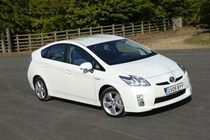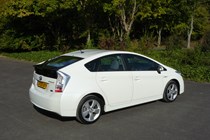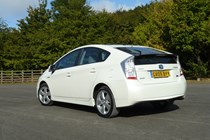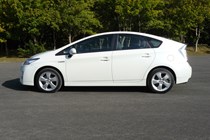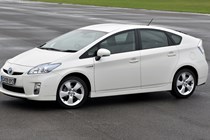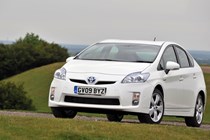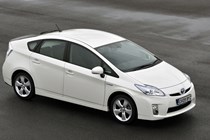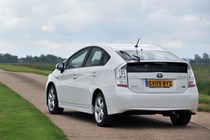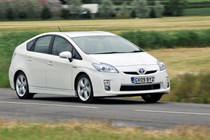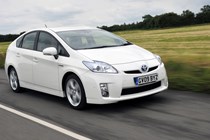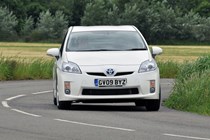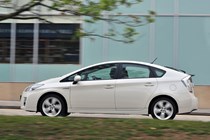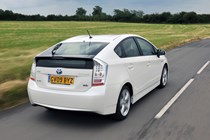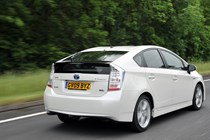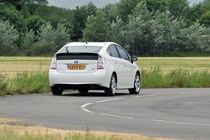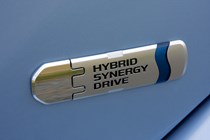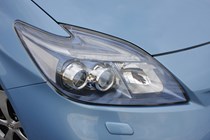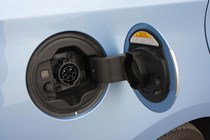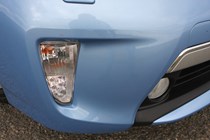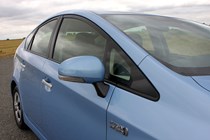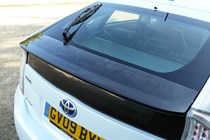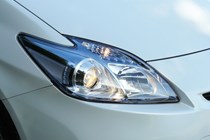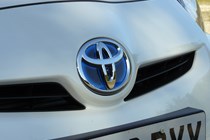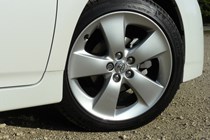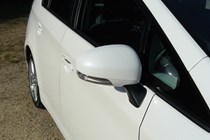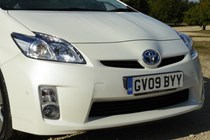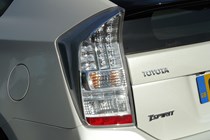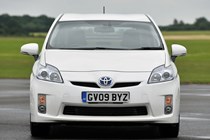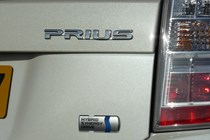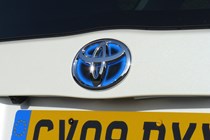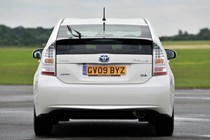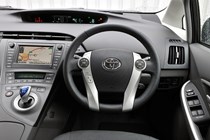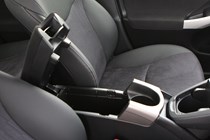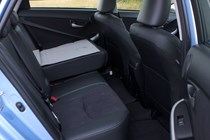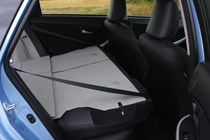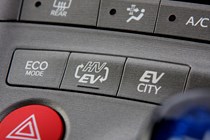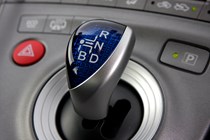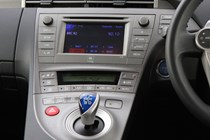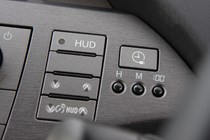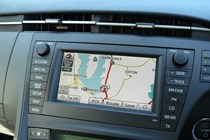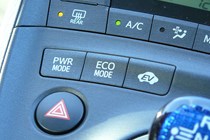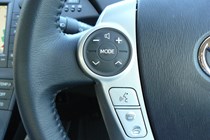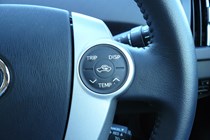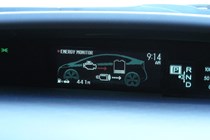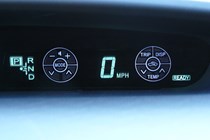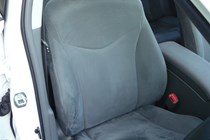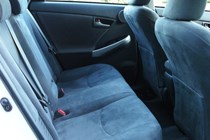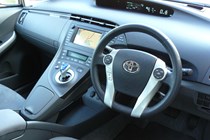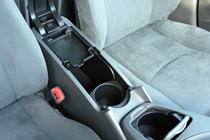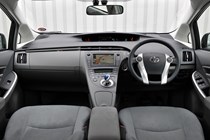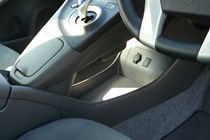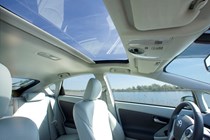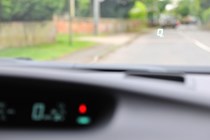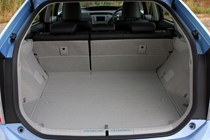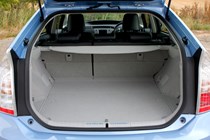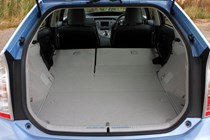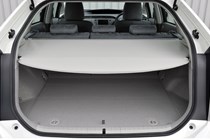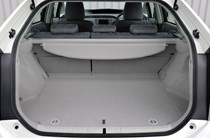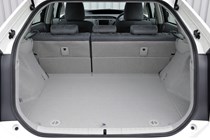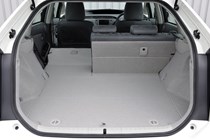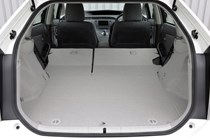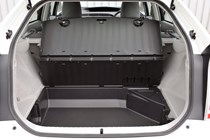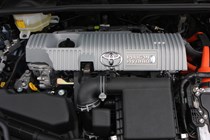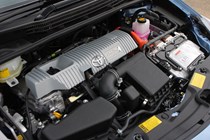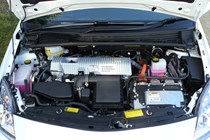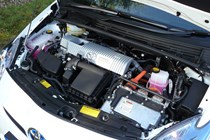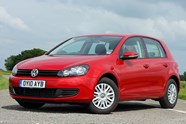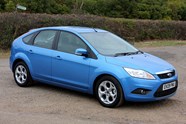
Toyota Prius Hatchback (2009-2015) review
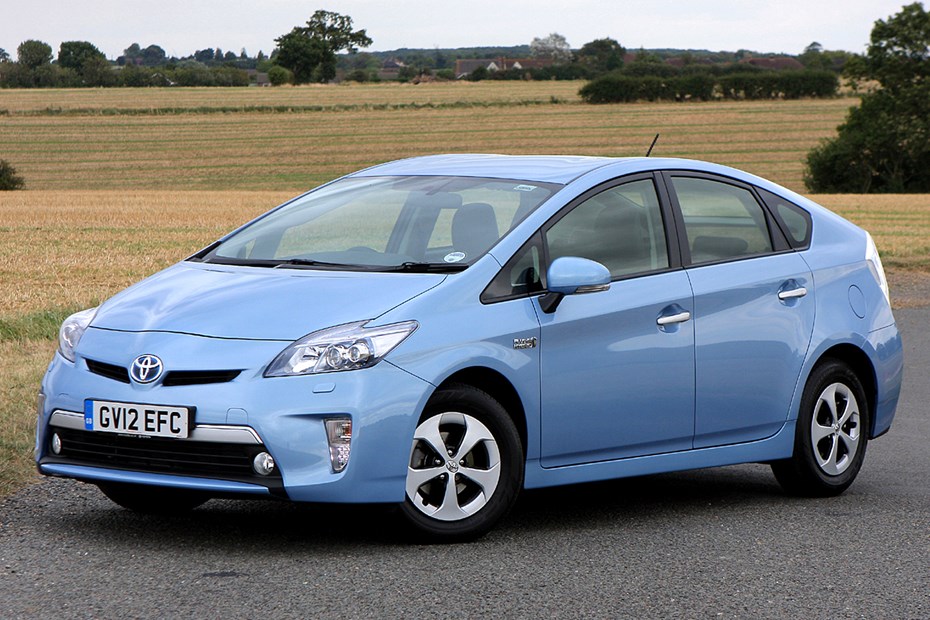
At a glance
| Price new | £18,360 - £35,450 |
|---|---|
| Used prices | £1,841 - £11,693 |
| Road tax cost | £20 |
| Insurance group | 15 - 16 |
Get an insurance quote with

|
|
| Fuel economy | Not tested to latest standards |
| Range | 693 - 713 miles |
| Number of doors | 5 |
| View full specs for a specific version | |
Available fuel types
Hybrid
Pros & cons
- Superb economy, low emissions and zero road tax
- Plenty of rear passenger room
- Very well equipped
- Noisy under hard acceleration
- Steering column lacking in adjustment
- Steer clear of tarted up abused examples
Toyota Prius Hatchback (09-15) rivals
Overview
Our old friend the Toyota Prius. Now a household name in terms of ‘eco friendly’ cars, an absolute darling of the city based mini-cab driver, adored by the home delivery parcel couriers while also being highly regarded by the private motorist, the Prius is generally known to be a great used car purchase both new or secondhand.
Some owners report a long and trouble free life of 200,000 miles and beyond with little more than routine maintenance being required. Now thought upon as being the original hybrid car, Toyota never rested on its laurels and consistently updated and revised it.
Originally just a hatchback, a Prius+ (or Plus) estate model was introduced that was never that popular with the buying public but gobbled up by the self employed taxi operator. Spend a while at Gatwick airport and you’ll see dozens of them buzzing around like worker bees plying their trade on the ranks.
Toyota Prius Mk3 known faults and common problems
As with any medium sized car, ask a cabbie why they drive them and an obvious answer comes back regarding reliability, quality and ease of ownership. Those traits are all just as important to the private buyer too, but as always – there are pitfalls for the unwary.
Buying guide
Common issues, and what to look for if you’re looking at getting one.
1. FUEL ECONOMY
Some owners complain of low mpg figures on the 1.8-litre model. More often than not, these cars have been bought in the wrong circumstances. If your daily drive is high mileage motorway work you’ll still need to consider a diesel. Around town and inter-urban journeys is what these models are really all about.
2. BRAKE WEAR
Many models fail their MoT test on brake disc corrosion rather than wear and tear. The discs and pads last forever owing to the regeneration feature of the car. When replacing though, use the best quality or Original Equipment (OE) parts, otherwise, you might be replacing them every other year purely on their condition.
3. HEADLAMPS
Beware of vendors offering a ‘few quid off’ for a non working headlamp. The LED bulb is pricey for a quality part but the electrical ballast unit also fails after time. Again, these can be pricey to buy and fit but quality parts run the distance.
4. OIL CONSUMPTION
Some owners treat these cars like a pure EV. As a consequence, oil and water levels fail to get checked. Some early 1.8 units liked a drop of oil between inspections and left ignored, the level can drop to a point where irreversible damage can result. Also, it isn’t uncommon for headgasket failure to go unnoticed on neglected or abused cars.
5. CHECK HISTORY AND VENDOR THOROUGHLY
An old saying goes, ‘there’s no such thing as a cheap car’. Ensure the service history is complete and of the highest quality possible – don’t accept fast-fit centre lube services. Some traders or used dealers still don’t understand these cars properly and if it seems too cheap, it really will be buy now pay later – dearly.
6. BATTERY PACK REPLACMENTS
As with any used hybrid or electric car, the life expectancy of battery packs is bound to be an issue. Genuine units from Toyota are very expensive. However, a number of UK companies offer a good value reconditioning service on an exchange basis. Check their reviews and buy carefully ignoring used ones being offered on internet auction sites from breakers yards.
7. DASHBOARD MALFUNCTIONS
Ensure all the illuminations and gauges work on the facia. The neon-based units can fail on older cars. Replacing the parts themselves isn’t too expensive, but the labour costs to fit them can be.
8. AVOID HARD-USED CITY CARS
Build quality, paintwork and overall fit and finish is really quite good – as you would expect on a Toyota. Cars that have had a hard life in the city get knocked and kicked around so be extra vigilant for poor gaps in the panels/bumpers, poor paint finish and overspray inside the bonnet or boot area.
9. DAMAGED WHEELS
To keep the kerbweight down, Prius features a special titanium alloy type of wheel rim with a plastic trim to cover them. Badly kerbed wheels often have a new trim fitted hiding the damage to the rim itself. Wonky steering or bad wheel wobble at speed may point to this.
10. AIR CONDITIONING
The Prius was one of the first cars to use a non-coupled air conditioning compressor. Rather being driven via the engine itself, it runs via its own independent electric motor. Be very wary of the vendor claiming a non working aircon just needs re-gassing. The compressor motor can wear out on older cars and isn’t that cheap to replace.
Main Dealer Coverage: Very Good
Click through the next few pages to find out how practical, economical and safe the Toyota Prius is – and what it’s like to drive, then read on for our verdict on whether a used example is a good place to put your money.



